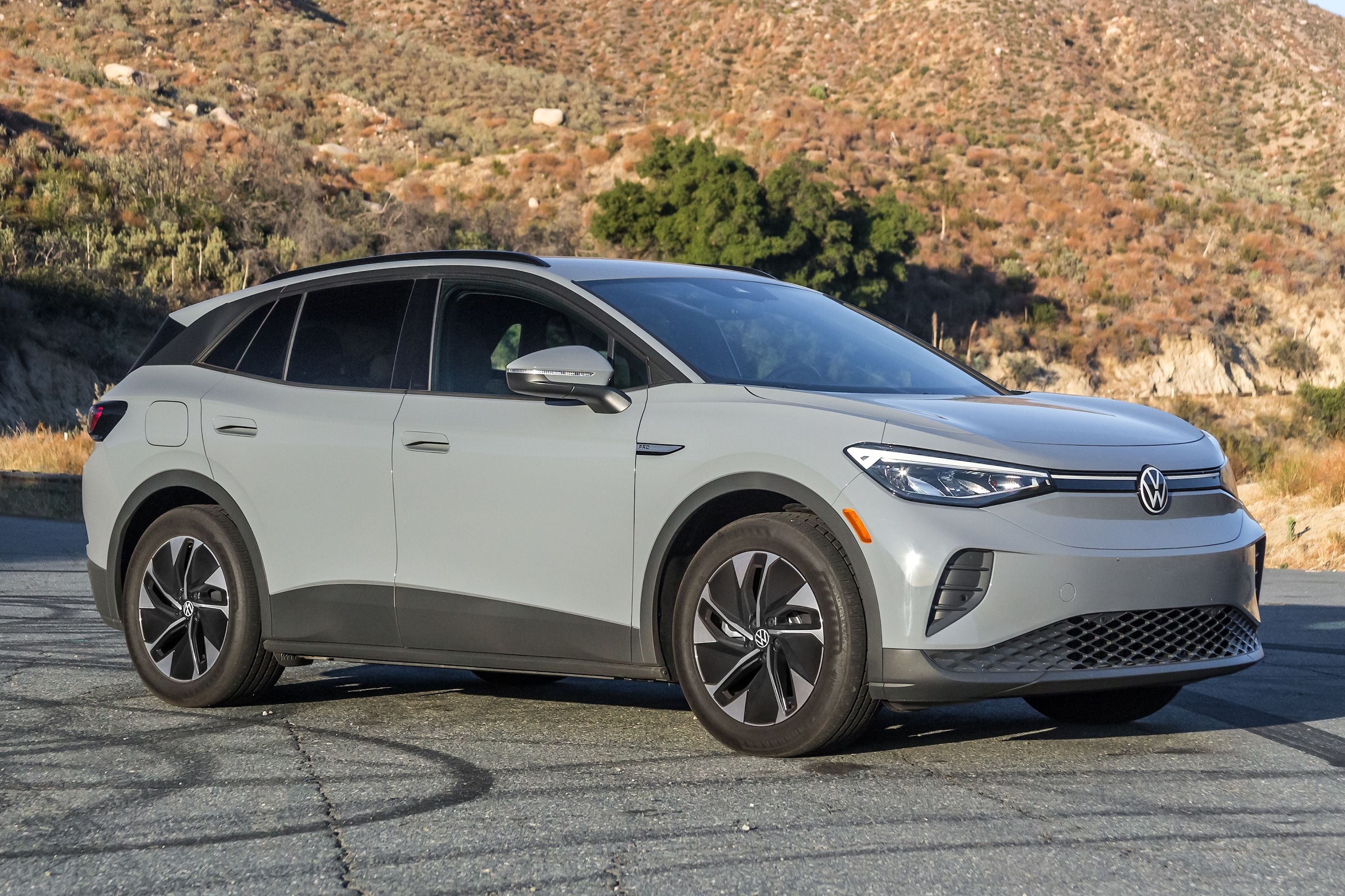
Electric vehicles continue to improve with lower prices, higher range, and shorter charging times but automakers must still improve the charging process to convince people to trade in their gas-powered cars. The Volkswagen Group has been highly active in this area by expanding its Electrify America charging stations and offering easier methods to pay for electricity.
Improving charging infrastructure is a crucial step towards enticing buyers to purchase EVs, and VW now has another new trick up its sleeve to make charging easier. Volkswagen Group Components recently announced a new mobile charging robot that will help juice up EVs when parked, starting in 2021.
VW envisages these robots being deployed in parking garages after drivers park up. They will use a mobile phone application or Car-to-X communication, operating completely autonomously to move from a docking station to the vehicle. "A ubiquitous charging infrastructure is, and remains, a key factor in the success of electric mobility. Our charging robot is just one of several approaches, but is undoubtedly one of the most visionary," explains Thomas Schmall, CEO of Volkswagen Group Components.
A series of videos shows the robot in action to charge up an ID.3, the hatchback equivalent to the 2021 Volkswagen ID.4 electric crossover. The robot brings over a mobile energy storage unit to the car from a central charging station, then retrieves the unit when the vehicle is fully charged. The entire process takes place without any human involvement.
"Setting up an efficient charging infrastructure for the future is a central task that challenges the entire sector," says Schmall. "We are developing solutions to help avoid costly stand-alone measures. The mobile charging robot and our flexible quick-charging station are just two of these solutions. Our developments do not just focus on customers' needs and the technical prerequisites of electric vehicles. They also consider the economic possibilities they offer potential partners," such as parking structures.
The mobile charging robot has already reached prototype status and will be deployed on the market in 2021.
